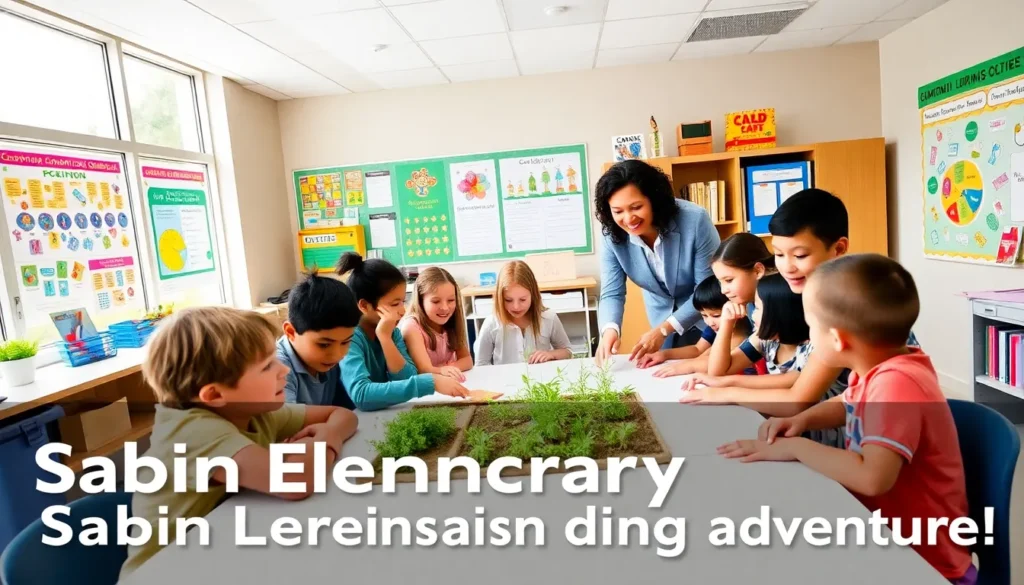Navigating life with a special needs boy can feel like an adventure full of unexpected turns. Picture this: you’re in a theme park, where the rides are both thrilling and challenging. Often, it’s the surprising twists that teach us the most. This article dives into the heart of understanding and supporting the growth of boys with special needs, ensuring both you and your child find joy in the journey. Ready to embark on this learning expedition? Let’s go.
Table of Contents
ToggleDefining Special Needs

Special needs refer to various conditions that require additional support for a child’s developmental journey. These conditions can affect a range of areas, including physical, learning, behavioral, and emotional facets. It’s essential to recognize that being a special needs boy is not a singular experience. Each child is a unique individual with their own strengths and challenges. The definition encompasses everything from learning disabilities, like dyslexia, to physical disabilities, such as cerebral palsy, to emotional disorders like ADHD.
Understanding this broad definition sets the foundation for tailored support that fosters growth. Identifying the specific needs of each boy requires a close look into their behaviors, interests, and challenges, with the ultimate goal of providing them with the tools they need to thrive.
Common Types of Special Needs
When discussing types of special needs, it’s important to recognize the diversity of experiences. Here are some common categories:
- Learning Disabilities: These might include ADHD, dyslexia, or dyscalculia. A boy with learning disabilities may struggle with tasks involving reading, writing, or math. But with the right strategies, they can find their footing.
- Autism Spectrum Disorder (ASD): ASD can present a wide range of behaviors and communication styles. Some boys may excel in specific areas like math or music, while finding social interactions challenging.
- Intellectual Disabilities: Boys with intellectual disabilities might face obstacles in learning and comprehension but are capable of developing new skills with support.
- Emotional and Behavioral Disorders: Conditions like anxiety disorders or oppositional defiant disorder fall under this umbrella, affecting social interactions and emotional regulation.
- Physical Disabilities: Conditions such as cerebral palsy or muscular dystrophy may impact mobility but don’t dampen the spirit or determination of a special needs boy.
Familiarizing oneself with these categories helps in advocating effectively for a child’s education and developmental needs.
Identifying the Needs of a Special Needs Boy
Identifying the needs of a special needs boy requires observation, empathy, and a bit of detective work. Here are some pivotal steps to take:
- Observe Behavioral Patterns: Pay attention to how the boy interacts with peers and adults. Does he express frustration in specific situations? Is he drawn to certain activities? These observations can provide clues.
- Engage in Dialogue with Caregivers: Speak with parents, teachers, and therapists. Sharing insights creates a comprehensive picture of the boy’s strengths and challenges.
- Use Standardized Assessments: Educational psychologists can conduct evaluations that illuminate specific learning styles or developmental delays. This objective data is invaluable.
- Focus on Interests and Passions: Every child possesses unique interests. Understanding what motivates a boy can direct strategies toward engaging him productively.
By immersing oneself in this identifying process, caregivers and educators can effectively cater to individual needs, facilitating both growth and happiness.
Strategies for Supporting Development
Supporting the development of a special needs boy involves a multi-faceted approach. Here are some practical strategies:
Creating an Inclusive Environment
- Foster a physical space where all boys feel welcome and valued. This can include modifying classroom layouts and using visual aids to enhance communication.
Collaborating with Educators and Therapists
- Partnerships with teachers and therapists can bridge gaps in understanding and provide coherent support strategies. Regular communication ensures everyone is on the same page about the child’s progress and needs.
Fostering Independent Skills
- Teaching independence begins with small, achievable tasks like dressing or organizing school supplies. Celebrate the successes, but minor they may seem, as victories encourage further development.
The Role of Family and Community
Family and community play pivotal roles in the support system of a special needs boy. Parents often serve as the primary advocates, ensuring their child receives the necessary resources. But it doesn’t stop at home.
- Extended Family Involvement: Grandparents, aunts, and uncles can provide additional support and encouragement. Their involvement offers a broader base of understanding and aid.
- Community Programs: Many communities have programs designed specifically for special needs children. From social clubs to sports, engaging in these programs can enhance social skills and provide valuable interactions with peers.
Together, a united front of family and community can foster an environment where a special needs boy feels understood and affirmed, eventually contributing to holistic development.









